Croatian Capital City Listed Among World's Most Polluted Cities This Week
October the 21st, 2021 - The Croatian capital city of Zagreb was unfortunately listed among the world's most heavily polluted cities this week, more precisely on the 19th of October.
As Poslovni Dnevnik writes, earlier this week on the above-specified date, we, the citizens of Zagreb, weren't really able to ''enjoy'' the fresh air. The Croatian capital city has had its air quality scrutinised and complained about several times in the past, but this week it found itself among the ten most polluted in the entire world and considered unhealthy for vulnerable groups, according to data from the Swiss portal IQAir, which publishes daily data on air quality around the world.
IQAir units show that the concentration of PM 2.5 particles in the City of Zagreb was elevated by as many as 4.4 times higher than what is recommended by the World Health Organisation (WHO).
PM2.5 are particles made up of a combination of solid and liquid which is floating in the air, they're microscopic and as such completely impossible to see with the naked eye. They are the result of the burning of solid fuels and exhaust gases.
On that infamous scale, the Croatian capital city of Zagreb came in a not particularly impressive eighth place, Sarajevo in neighbouring Bosnia and Herzegovina came ninth, while the Serbian capital of Belgrade took tenth place. The worst situation was found in Lima in Peru, Bishekek in Kyrgyzstan and, rather unironically, Wuhan in China. It is expected that in the coming days the air quality in Zagreb should be much better.
What about the air quality at the Croatian level?
The Ministry of Economy and Sustainable Development regularly publishes the state of Croatian air quality on its website, and on the same day the Croatian capital city was listed among the worst in the world, the worst air quality on that same date was recorded in Zagreb, Koprivnica and Slavonski Brod, according to a report from Vecernji list.
For more, make sure to check out our lifestyle section.
Bad air quality or not, what not see what the bustling Croatian capital has on offer? Head over to Zagreb in a Page and select your preferred language.
Zagreb Magic Omens Claims to be Most Modernly Equipped Game Room in Croatia
October the 21st, 2021 - Denis Devcic and Ivan Kosovec, two friends who opened the Zagreb Magic Omens facility just a few days ago claim that theirs is the most modernly equipped game room in all of Croatia.
As Poslovni Dnevnik/Lucija Spiljak writes, the pair claim that if you're a fan of card of board games, then you'll likely find a great friend in both of them and in their latest venture. In this way, they say, they have fulfilled a long-standing desire to open a space where people can socialise, meet up and play their favourite games.
Devcic and Kosovec have been friends since back in 2018, when they met on the way to the Magic the Gathering tournament in neighbouring Italy. Three years later, they decided to leave their jobs in the very well known Croatian IT companies Infinum and Degordian and head out into the often challenging entrepreneurial waters together; first in the eCommerce world, then in a small physical store, and now they have opened the so-called “LGS” Local Game Store.
As they explain, LGS is a hobby store concept where all fans of board games and card games (so-called TCG-s, ie Trading Card Games) can buy their desired products, and in the store's game room, they can meet like-minded people, try out some new games or participate in tournaments.
“My childhood dream was to own my very own Local Game Store. I started Trading Card Games at the beginning of the millennium and this hobby has since become a very important part of my life. I grew up with Pokemon and Magic the Gathering and now with Magic Omens I'm ready to welcome a new generation of players and build a healthy community of people who share a passion for this hobby,'' said Ivan Kosovec.
In their game room, located on Savska cesta 144A, weekly events for all of people's favourite games will be held, as well as events from the most popular TCGs such as Magic the Gathering cards, Flesh and Blood, Pokemon cards and many other similar games.
Even when there are no organised tournaments, all enthusiasts can come enjoy their favourite games throughout the week at the new Zagreb Magic Omens location.
Devcic and Kosovec claim that due to the ongoing coronavirus pandemic, the demand for social and card games has increased, especially when it comes to the much loved Pokemon TCG. More than 30 billion Pokemon tickets have been sold worldwide so far, the game Magic the Gathering had a profit of 581.2 million US dollars last year, and all this has led to the organisation of tournaments that bring together enthusiasts from all over the world.
In these results, Devcic and Kosovec saw the need to create such a community right here at home in Croatia through a proper space intended just for games. They've invested, they say, their own personal savings and countless hours of work. They will expand the offer of games over time, and they say that they also do well in retail, given the large offer of games that they deliver throughout the European Union (EU).
These young enthusiasts say they first want to build a foundation in the City of Zagreb as the best choice for board and card games, become a regional leader and an example to others, have clear results and make sure the community is satisfied.
"Our goal is to increase the overall community of people who play board and card games, people who could play them, but have never decided on such a hobby. We want as many people as possible to experience this type of entertainment which, in addition to being challenging, enables people to spend more quality time with friends.
After the opening of the Zagreb Magic Omens location, we expect more customers/visitors/players to come because we're in the centre, but also because we have tournaments and game rooms. People are already delighted and the attendance level is very high because people recommend each other. Word-of-mouth seems to do its thing. We have very strong community support in this initiative and we've heard a lot of praise from some longtime players.
We're focused on customers and we listen to what they need and we want to make it all possible for them. The interest is just incredibly high and we’re sure it’s only going to grow because we really care about all the players. I believe that we can do wonderful things in Croatia,'' concluded Denis Devcic.
For more, check out Made in Croatia.
Tomislav Coric Claims Government Doing All to Stabilise Fuel Situation
October the 22nd, 2021 - Economy Minister Tomislav Coric has attempted to reassure the public that the government is willing to do all it can to deal with the situation around increasing fuel prices.
As Poslovni Dnevnik/Suzana Varosanec writes, the government is considering additional measures in case of continued increase in fuel prices after 30 days of direct intervention in the market through the adoption of a decree on the matter, and according to the Minister of Economy and Sustainable Development Tomislav Coric, there will be a slightly fairer distribution of responsibilities to come.
According to Tomislav Coric, in the coming weeks, the Croatian Government will analyse the situation, and although they hope to reduce prices, he says, at the moment it isn't expected that this will happen soon, so the concrete actions of Banski dvori are again set to be guided by allowing the price to remain stable and trying to ensure a “fairer distribution of responsibilities that is initially at the disposal of distributors”.
By freezing prices for a period of thirty days, the main aim was for companies and residents to be able to "catch their breath and stabilise their expectations'' in the current situation.
According to Prime Minister Andrej Plenkovic, distributors' margins are high enough to take on this "first wave" of price increases, which, according to the calculations( for diesel fuels that businesses predominantly use) at today's prices means encroaching on margins of 63 lipa per litre of diesel fuel.
The government's move in the first wave is considered to be correct because it has temporarily stopped a whole series of price increases, according to consultant Davor Stern.
In addition, oil circles are speculating about possible government moves which are yet to come, including the possibility of correcting a systemic injustice without interfering with the tax system by amending the basis for calculating VAT, which would result in lower prices for the end users.
In this sense, if the calculation were done on the price of fuel, and with excise duties from which fees on roads and railways are exempted, such a base would result in a reduction in prices overall.
For more, follow our politics section.
Moving from Croatia’s Rain Capital to the Emerald Isle: Let's Talk Weather
Following the first instalment in the series on the realities of Croatian emigration to Ireland, a lighthearted personal blog about everyone’s favourite conversation starter: the weather.
The first time I went to Ireland, it was to visit my best friend. ‘Pack warm clothes’, she warned.
In April?
‘It gets really cold here’, she said. So I packed a coat and a leather jacket, and ended up wearing one over the other on the first night I arrived. But then a miracle happened - the next four days were a blissful sunny stretch of a holiday. We frolicked on beaches and explored castle ruins and sat outside in pubs and cafés.
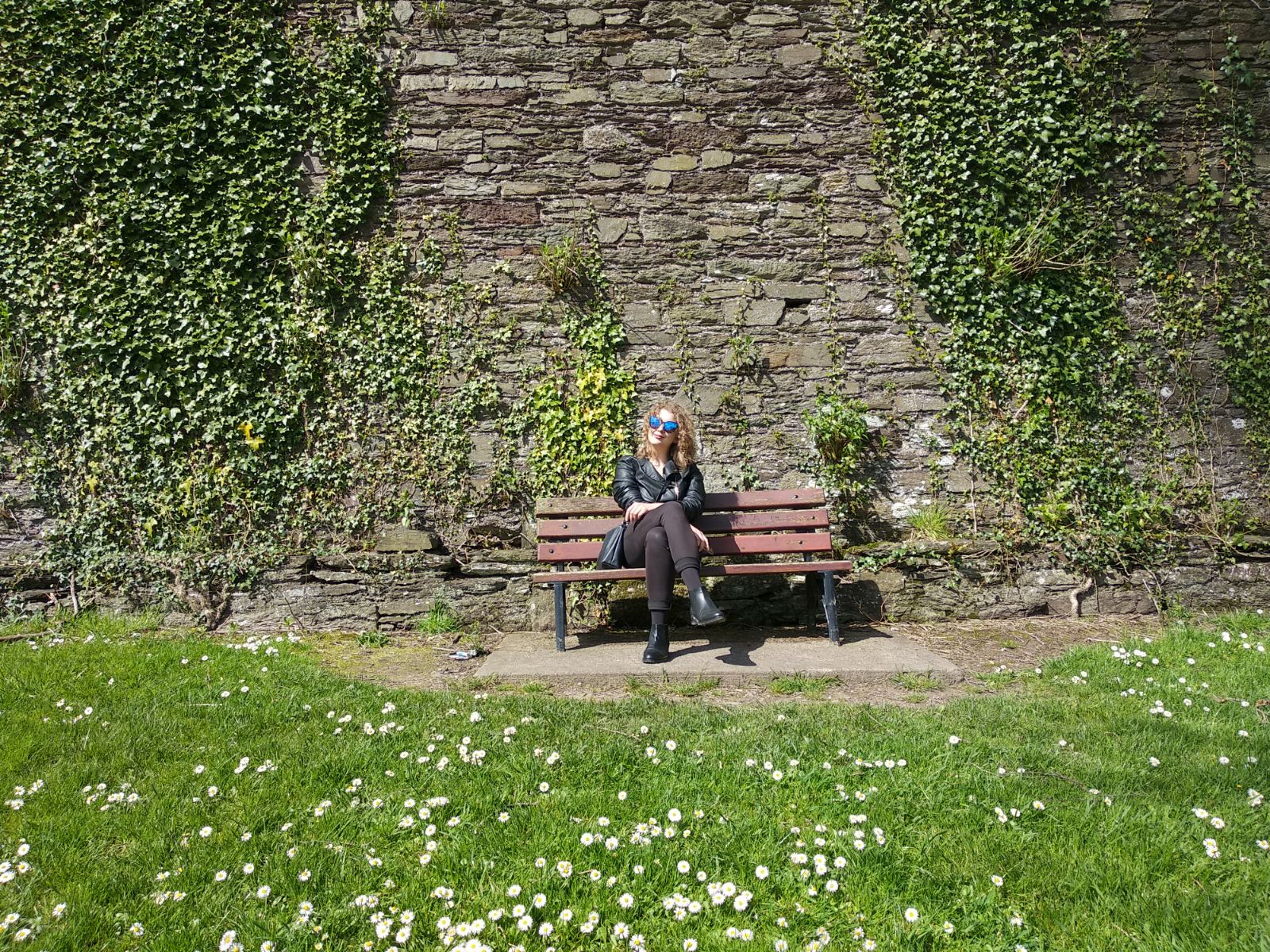
- You said the weather was bad.
- It’s not always like this. In fact, it’s never like this.
- Right.
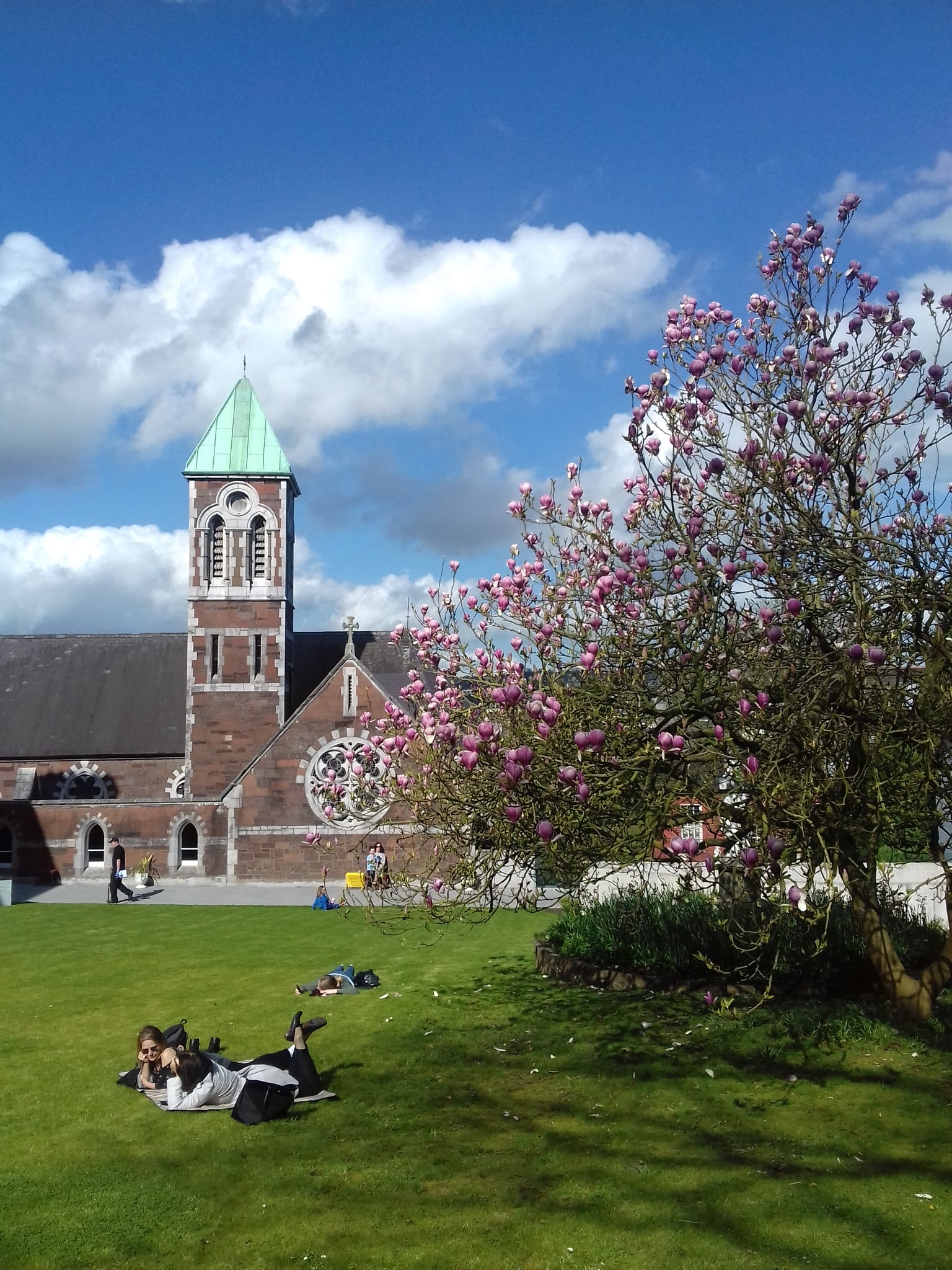
A few months later I returned for a second visit, sticking around a bit longer this time. Well aware that Irish summers have nothing in common with Croatian ones, I packed that jacket again, along with a few sweatshirts and pairs of jeans. What followed was a heatwave Ireland wouldn’t see again in years to follow - temperatures lingered in the high 20s for weeks, hitting 30C on a few occasions. The heat would let up in the evening and we'd meet for pints, cheering as the Croatian national football team made its way to the World Cup final. It was great craic. I just packed terribly, terribly wrong.
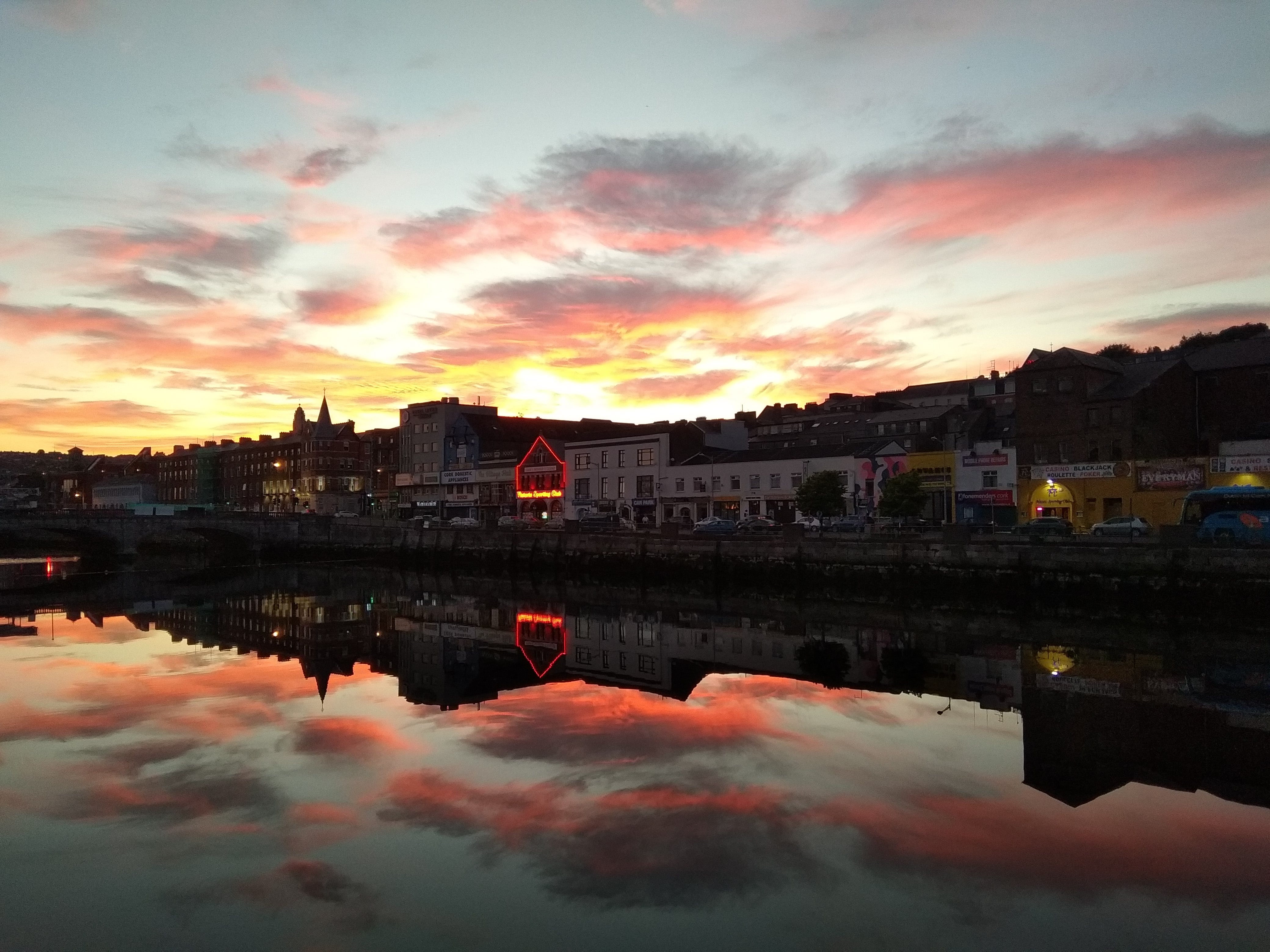
Another few months went by and I moved to Ireland for good. Boy, were those holidays the worst case of false advertising I’ve ever seen.
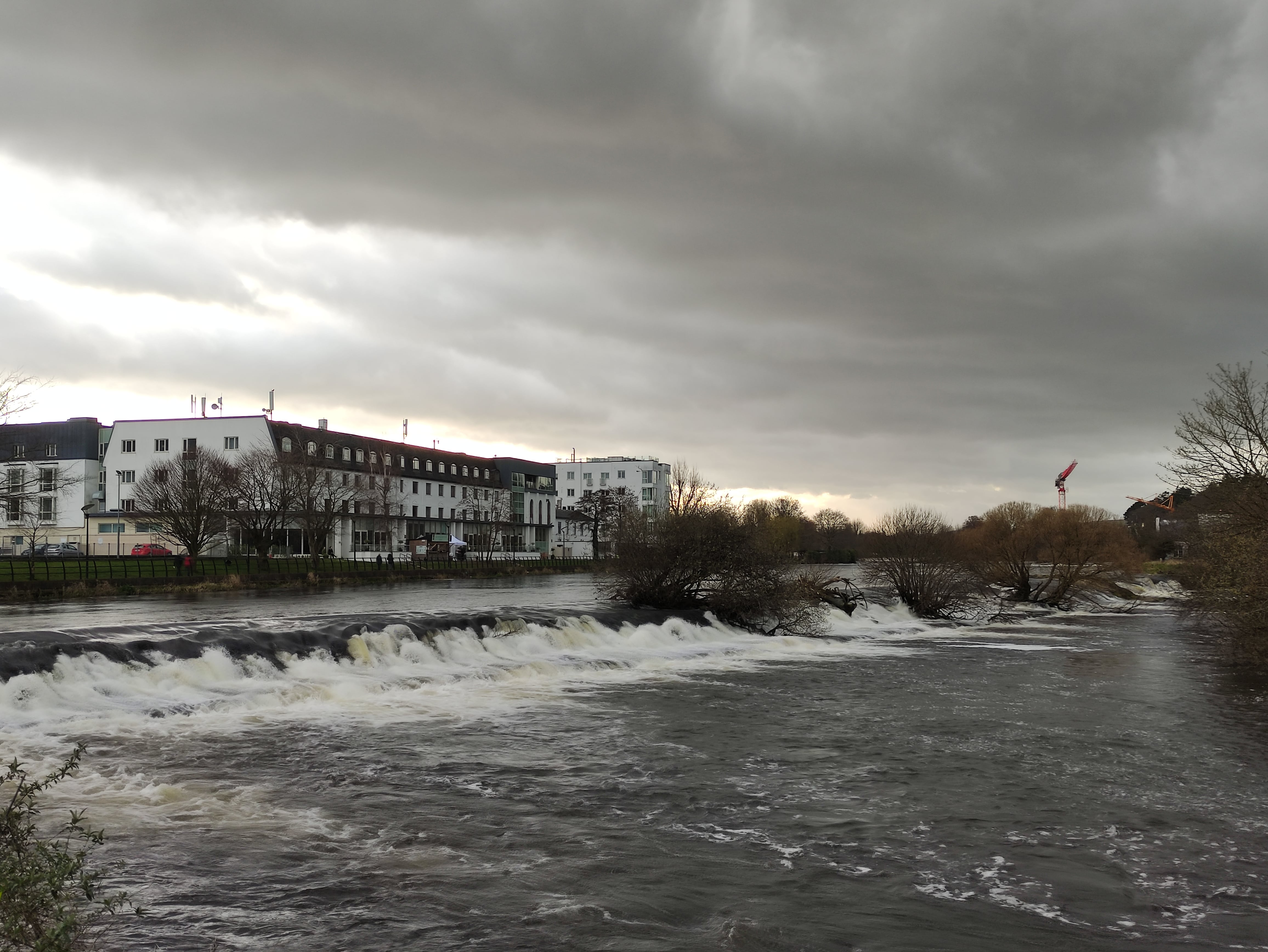
There’s a reason that weather tops the list of cons in every article ever written about living in Ireland. It is the meteorological equivalent of purgatory - neither very pleasant nor extremely punishing, but miserably lingering somewhere in between. An average day is damp, gloomy, grey, and always just a tad too cold for someone raised on the opposite side of the continent.
I can’t say I wasn’t warned, though. All jokes and misleading holidays aside, I knew of this in advance and thought I was somewhat prepared. After all, I was born and raised in Rijeka, Croatia’s rain capital. Except.... rain in Rijeka and the rest of Croatia usually translates to short violent downpours or long lasting showers. When it rains, it pours, but when it stops, it’s over.
In Ireland, rain is always sort of… there. It’s a two minute shower that starts on your way home from a shop and stops exactly when you walk through your front door, soaking wet. It’s several light sprinkles in a row during your evening walk. It’s not even necessarily falling. Oftentimes it just eerily hovers in the air, a wet mist that clings to your clothes like cobwebs and sticks to your face whenever you move.
Umbrellas are useless. It’s best to invest in a good waterproof jacket, pop the hood on and call it a day. It took me over two years to do this. I just love coats too much, I used to declare, looking (and probably smelling) like a wet dog. Layering is a skill that took me a while to master.
--
In my years away from home, what I missed most was a distinct change of seasons. In Croatia, it’s almost palpable - there’s always that one day when you walk out and the air smells different.
In Ireland, all four seasons change in a day. This is a well-known saying that isn’t just poetic, it’s very much true - the fronts moving in from the Atlantic sweep over the island, resulting in quite variable weather throughout the day. By variable I mean oscillating between overcast, drizzly and horrendous, with an occasional short sunny spell. Clear skies never last too long, but at least there are rainbows aplenty.
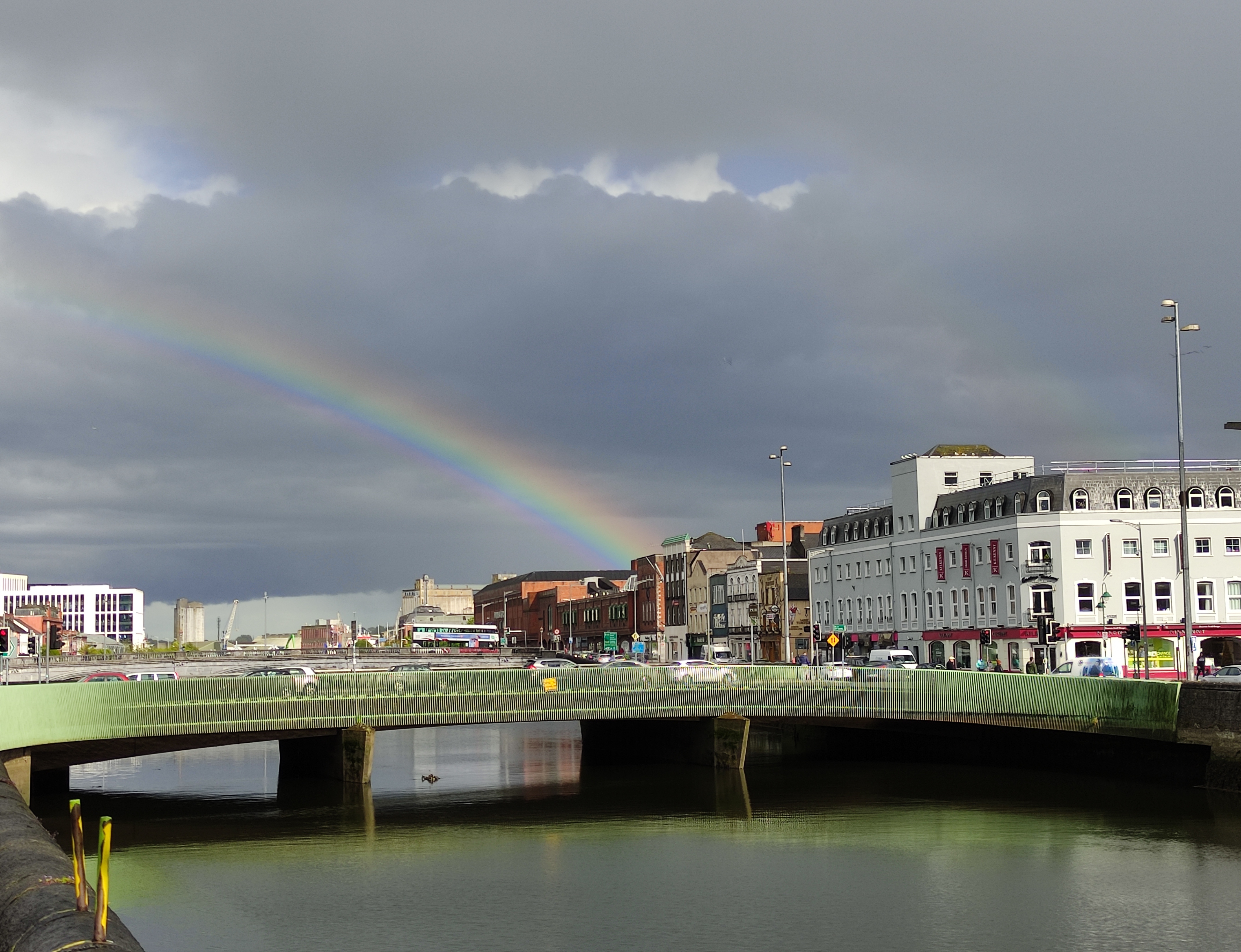
In a practical sense, the unpredictable weather conditions complicate all outdoor plans that you foolishly keep on making like you don’t know any better. It’s hard to dress and pack for a day trip - on second thought, it’s hard to decide on a destination and activity in the first place. Walking around in a drizzle isn’t too bad, but cliffside hikes can quickly become hazardous as a sudden blast of rain turns the trail into a muddy death trap.

You wouldn't want to slip around here even on the sunniest of days.
On the upside, the weather is virtually never extreme. Coming from a country with a fairly warm climate, I would’ve enjoyed a rerun of that first and last heatwave I experienced in Ireland, but I know many people aren’t fans of scorching heat and will prefer a temperate summer. (Temperate is a generous way to phrase it - average summer highs are 19-20C in most parts of the country and slightly lower in the north. Still, it’s nice not being bombarded with warnings not to leave the house between 11AM and 4PM every single day.)
Same goes for winters - they are pretty mellow, the temperature rarely drops below zero, and I’ve seen snow exactly twice in three years. On both occasions, we revelled in the winter wonderland for about an hour before it turned into puddles on the side of the road.
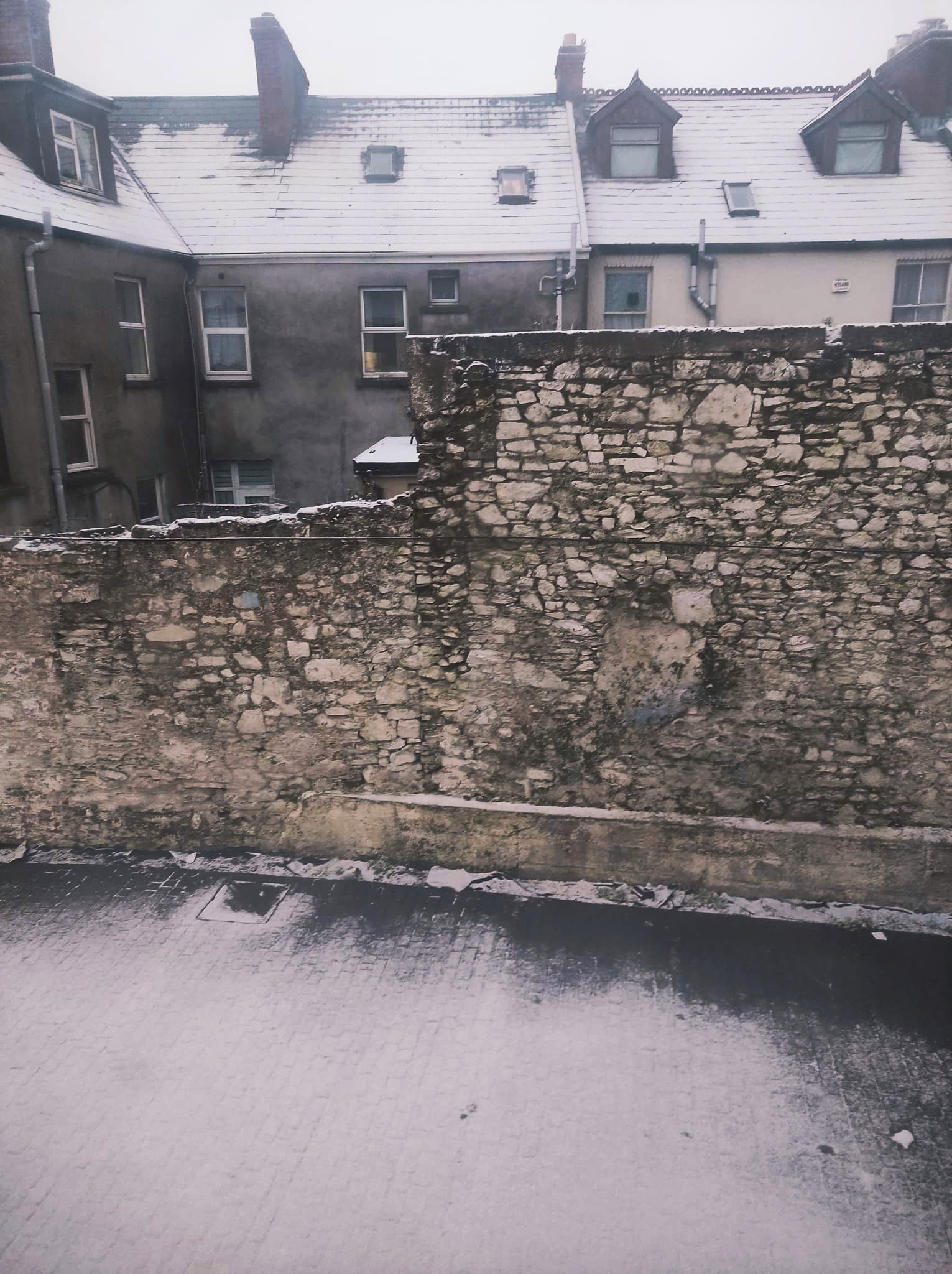
Looking back on the last three years, it was kind of depressing to live in a never-ending October. Beforehand, it had seemed frivolous to me to count mildly unpleasant weather among factors to consider before moving to a certain part of the world. We’re not talking about monsoons or serious droughts, it’s just a bit damper than usual and that shouldn’t be too bad, right? Well, as it turns out, when you’re used to a completely different climate, the Irish weather isn’t just a conversation topic that keeps on giving. It can seriously affect your mood and overall health, and it takes quite a lot of adapting which doesn’t happen overnight.
But once your eyes adjust to the gloom, you start seeing clearly, taking in all the beauty you previously weren’t able to comprehend fully. Outside the confines of a city, the landscape seems to have been designed to be enveloped in a shroud of mist, with overcast skies as a backdrop. It’s insanely atmospheric, and an average cloudy day in Croatia now seems drab in comparison.
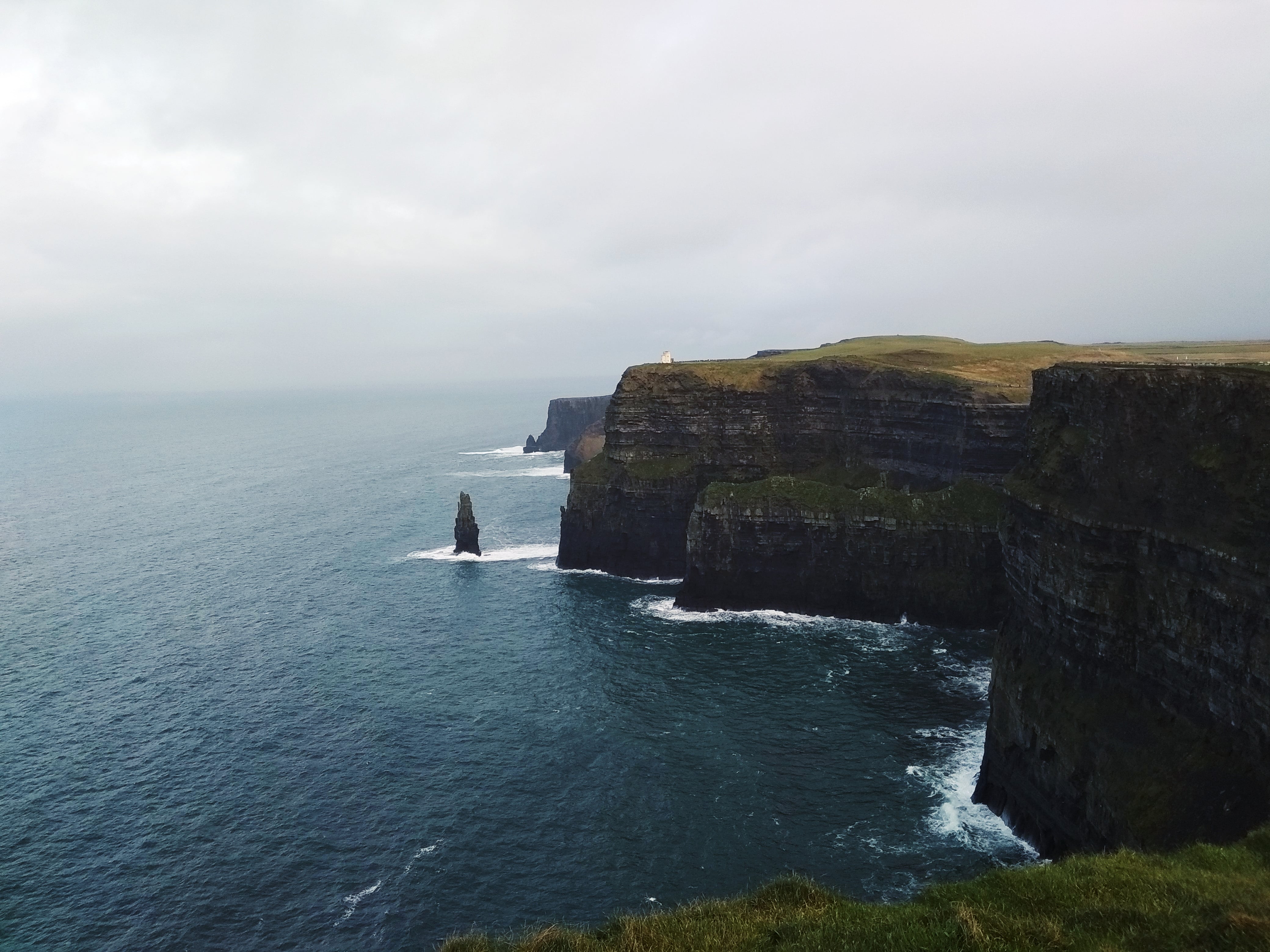
Another thing that happens is you realize how spoiled you’ve been, thinking that sunshine is your God-given right all year round. Not anymore - but when the sun does decide to come out to play and actually sticks around for a few hours…
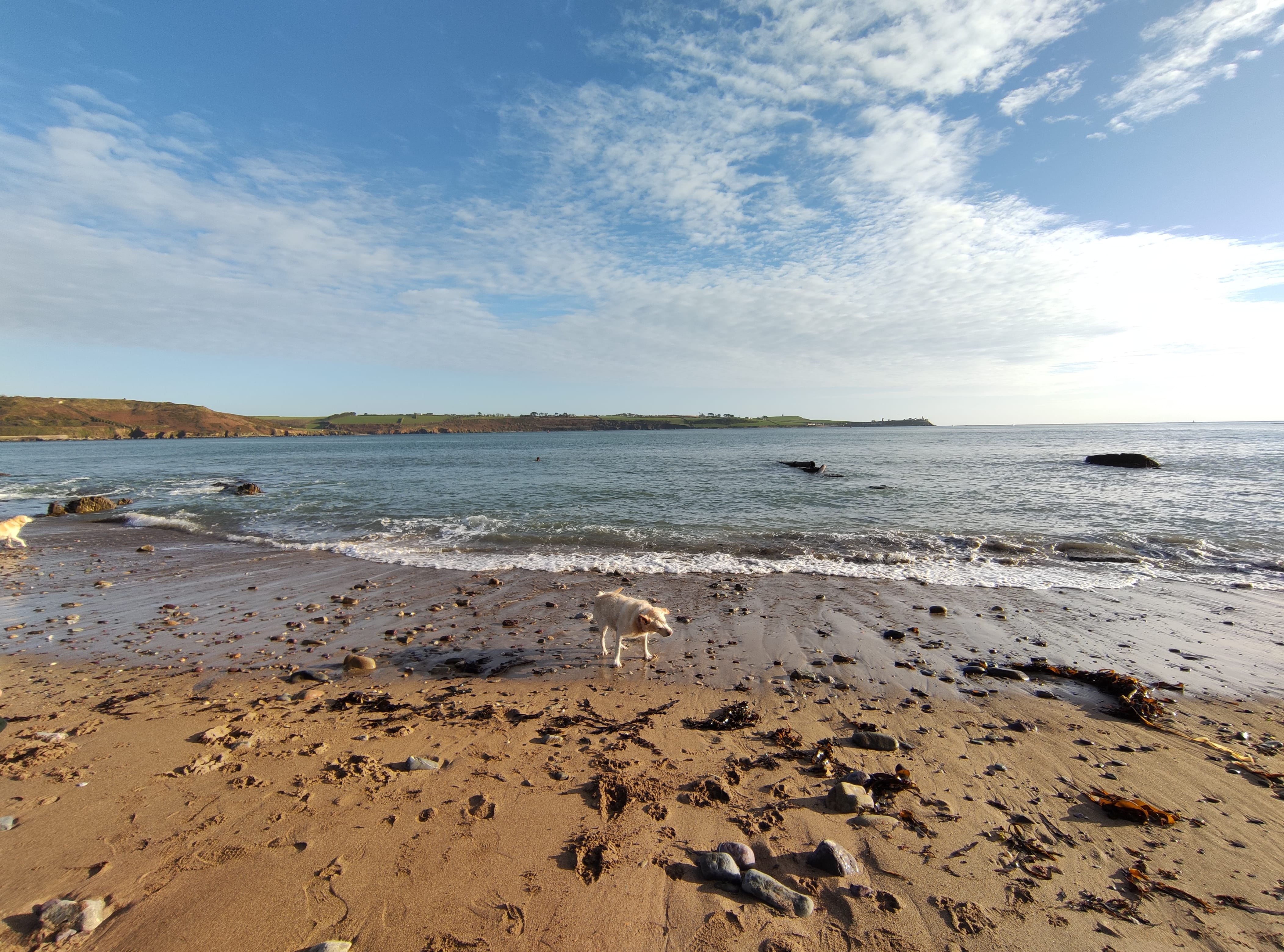
It’s a glorious sight. Colours appear to be more saturated, the entire landscape glistens in the light, and you cherish it all the more because it doesn’t happen every day.
The rain isn't all that bad. Without it, the landscape wouldn't be as lush, so intensely and outrageously green. It's not called the Emerald Isle for nothing.
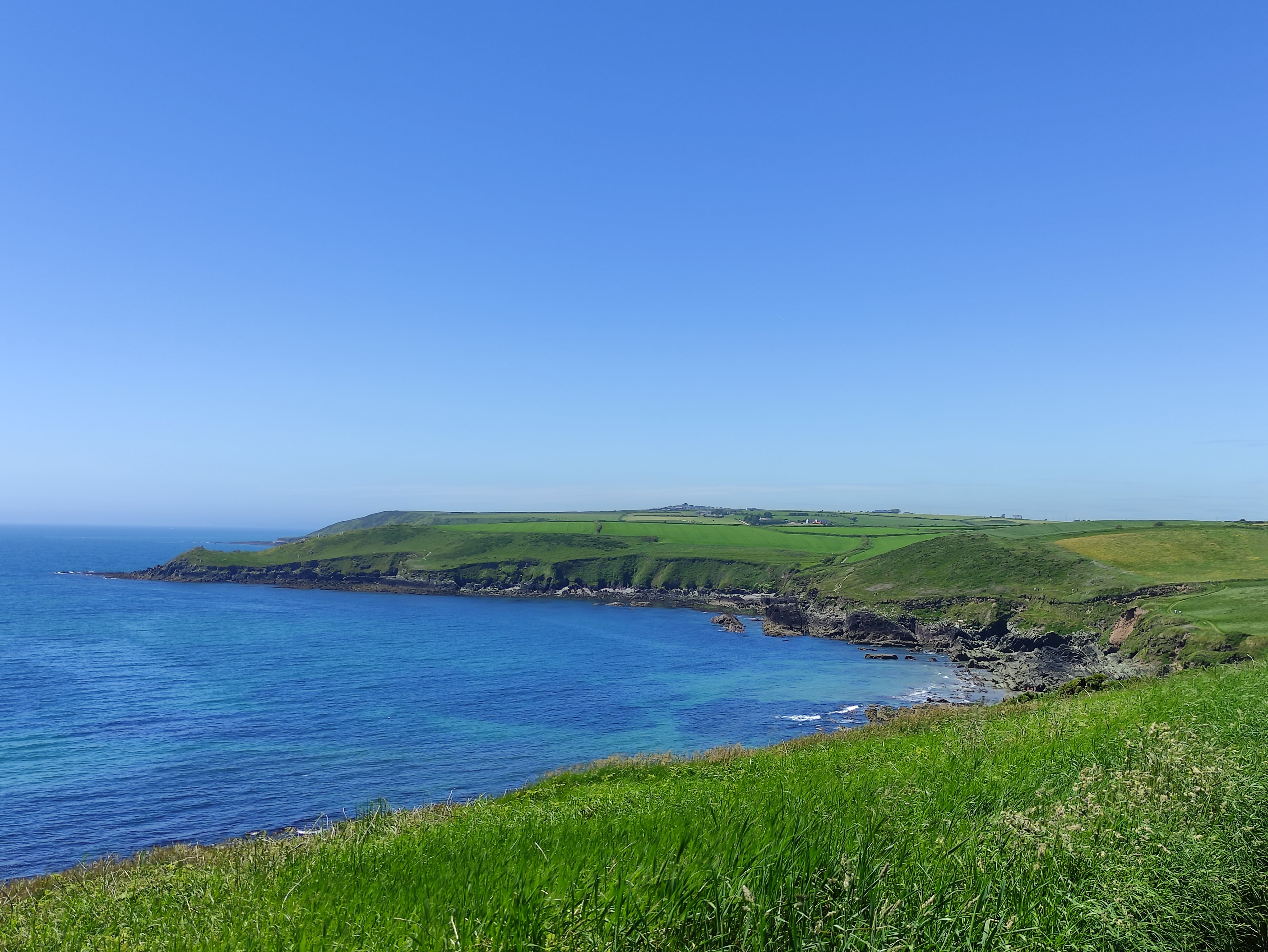
Read the first part of this series on Croatian emigration to Ireland - accommodation.
For more news and features from the Croatian diaspora, follow the dedicated TCN section.
Traditional Potravlje Hand Pottery Workshop Returns to Sinj
October 20, 2021 - The Sinj Tourist Board will host a traditional Potravlje hand pottery workshop on October 22.
After a series of successful and well-attended workshops, the Sinj Tourist Board, under the auspices of the Ministry of Culture and Media of the Republic of Croatia and in cooperation with the Cetina Region Museum in Sinj, organizes an educational workshop about traditional pottery from Potravlje after last year's break due to the coronavirus pandemic.
This year's workshop will be held on Friday, October 22 at 18:00 in the Cetina Region Museum in Sinj. In the introductory part of this educational workshop, participants will hear a fascinating lecture by the museologists who will introduce pottery and its role in developing cultures and civilizations. The workshop leader, Mr. Ivan Knezović, one of the last masters of this traditional craft, will present how this earthenware is made. The participants of the workshop, if they wish, will be able to try their hand at making clay pots with the professional help of master Knezović.
It should be noted that the beginnings of hand pottery date back to the 4th century BC and that the village of Potravlje is its cradle. Namely, the century-old tradition of making earthenware until the Second World War was practiced by about fifty families in the villages of the Cetina region and Potravlje by about twenty of them. In 1774, the famous Italian travel writer Alberto Fortis claimed that Potravlje's rough pots were more durable than those from his homeland.
This was the time when households used various earthenware pots, copper for cooking milk or for preparing turkey - rare corn polenta, jars for holding butter and sour milk, pots for storing wine, grain, utensils for barbecue, peka - bell-shaped lids that covered the dough for bread or some other dish on the open hearth, pjati - plates for serving dishes, bowls (shallow bowls), and drinking jugs. Each vessel had a name according to its purpose (copper mlikarica, purarica, dubočica). Today, in addition to some traditional dishes, those of new shapes and purposes are made, such as amphorae (for tourist sale), flower pots - pitari, and various miniature forms of traditional dishes offered as souvenirs.
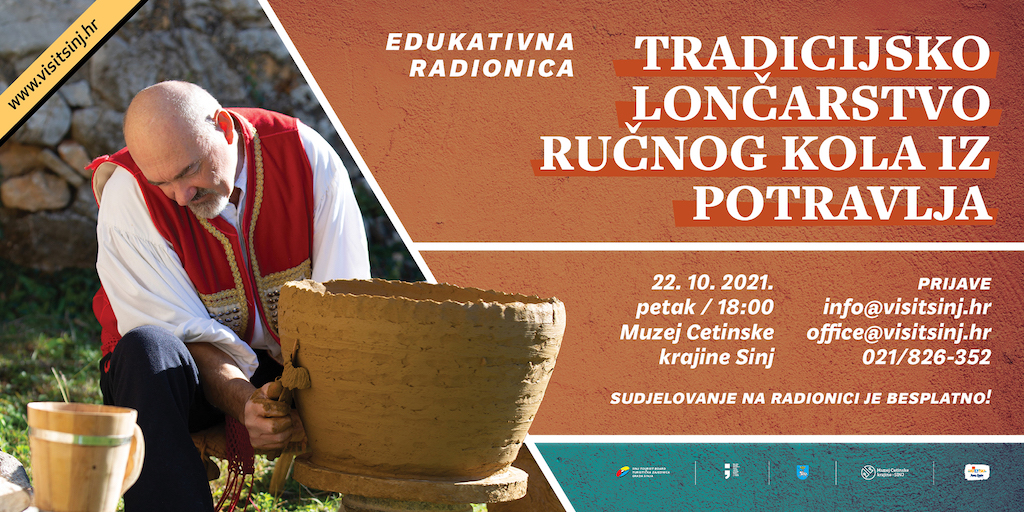
Traditional hand pottery from Potravlje is an intangible cultural asset of the Republic of Croatia. Therefore, the workshops will be held following the recommendations and valid measures of the CNIPH and the Civil Protection Headquarters.
The Sinj Tourist Board has prepared souvenirs for all participants, which will be distributed at the end of the workshop.
All those interested can send their applications to e-mail: This email address is being protected from spambots. You need JavaScript enabled to view it. or apply by calling 021 / 826-352 by Friday, October 22 at noon.
Participation in the workshop is free, and the number of participants is limited.
Second Perspective: Building Smart and Affordable Tourism for Everyone
October 20, 2021 - The Tourist Board of the City of Zaprešić continues with training for tour guides as part of the Second Perspective project, promoting and educating on the importance of including people with disabilities.
Second Perspective is a project that, through various actions and educations, points out the importance of including people with disabilities in creating a tourist story, regardless of their physical limitations and disabilities, reports Turističke Priče. This autumn, the project continues with training for tourist guides and tour guides "Tourist guidance and people with disabilities - how to lead?".
''Tour guides create a successful and quality tourist offer with their work. Their stories, creating experiences, and caring for the guest are a measure of quality, and very often they find themselves in challenging situations and meeting different guests. People with disabilities are part of the tourist movement and our dear guests need to know how to approach well and with quality during the tourist guide'', points out the director of the Tourist Board of the city of Zaprešić Toni Ganjto.
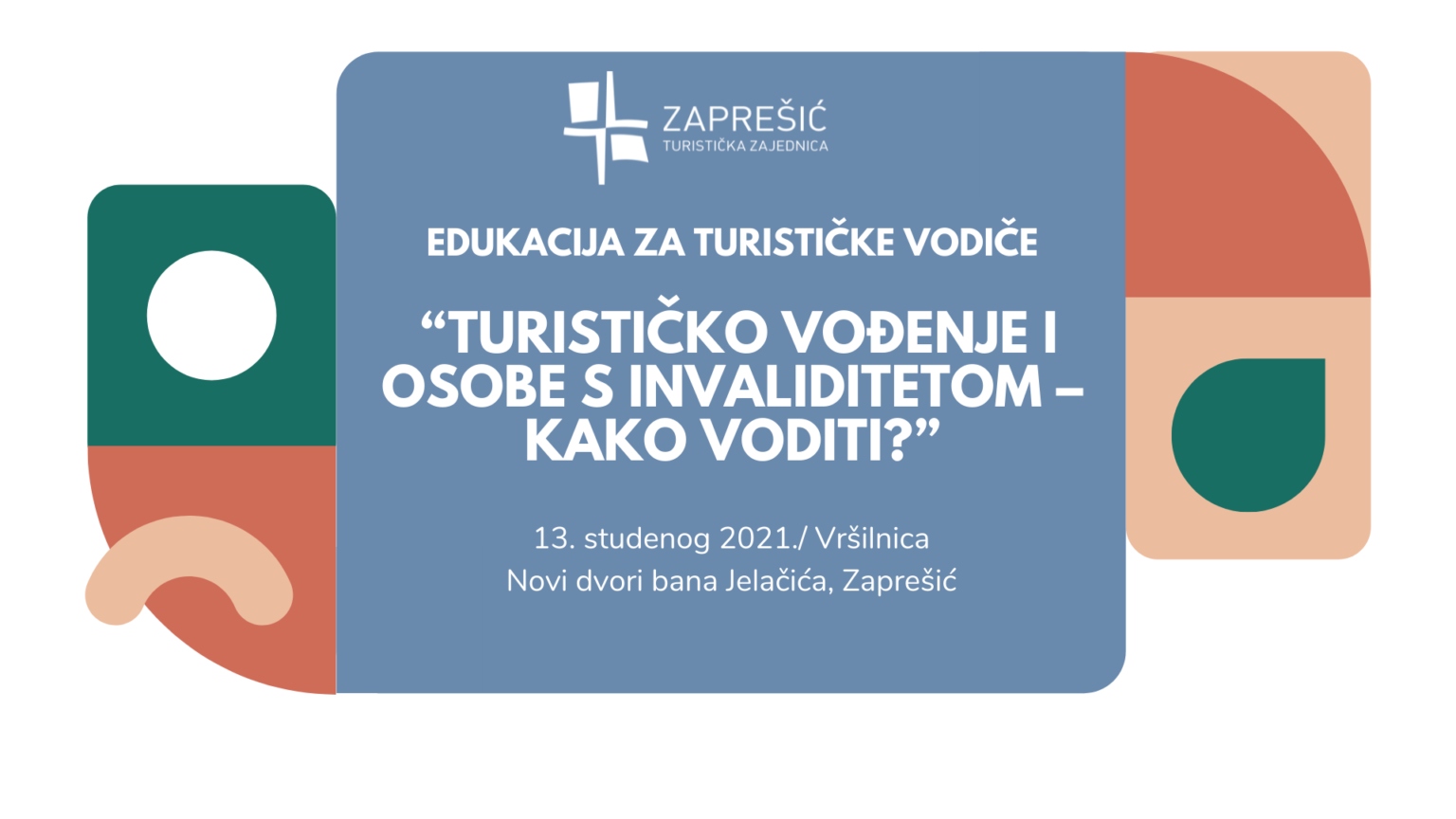
That is why this education will prepare tourist guides and tour guides in quality and focused manner to meet guests with disabilities. Top lecturers and experts from the Faculty of Education and Rehabilitation and the Center for Education and the Office of the Ombudsman for Persons with Disabilities will answer questions on how-to guide and care for a guest with a disability through a full day of education.
''We want to actively create and direct the development of "soft" values of smart and sustainable tourism, as well as accessibility tourism at the level of our destination, but also the whole of Croatia. We need more involvement and development of targeted tourism products for people with disabilities. In addition to adapting the infrastructure, it is extremely important to raise awareness of the importance of good access and inclusive tourism, and this is best done by exchanging knowledge and good experiences and quality education of all tourism stakeholders'', concluded Toni Ganjto.
Join the training "Tourist guidance and people with disabilities - how-to guide?", on Saturday, November 13 in Zaprešić in the unique area of Vršilnica in the New Palace of Ban Jelačić.
Details on education and application can be found at the LINK.
For more, make sure to check out our dedicated lifestyle section.
After Dubrovnik's Success, Will North America and Split Airport be Connected?
October 20, 2021 - With the success of Delta and United Airlines in Dubrovnik, are flights between North America and Split Airport next?
In the first ten days of October, 80,000 passengers traveled through Split Airport, almost as before the pandemic. This year it holds the title of the busiest airport in Croatia, but with the winter flight schedule, only eight direct flights will survive. So for now, there are no announcements or direct flights from North America, although this is an excellent wish of tourist workers, but also Croats after the recent announcement of visa-free travel.
After a successful first season, United Airlines announced flights between New York and Dubrovnik on May 1, 2022. As a result, the American market has become Croatia's strongest non-European market. They reached 55 percent of overnight stays from the time before the pandemic, statistics say.
"For us in Split-Dalmatia County, it is very interesting, and I can say more, given the completion of the Peljesac Bridge, I believe that it will be easier and more accessible for all American tourists to come to other destinations that are not only related to Dubrovnik," Jože Tomaš, President of the Split County Chamber, points out for HRT.
The announcement that Croatians could travel to the US without visas and the desire for more American guests in Split, Hvar, Trogir has again updated the story of direct flights to Split Resnik, this year's busiest Croatian airport.
"I think it is simply time for both the Croatian National Tourist Board and the Ministry of Tourism to start working on it. Unfortunately, we do not have enough capacity on our own, but we are ready to help and participate in extending the season," said the mayor of Trogir Ante Bilić.
They also want a possible connection with the other side of the Atlantic at the Airport. If there were no pandemic, Split would already be connected to Canada.
"We expect that these facilitations that have occurred around abolishing the visa regime will contribute to the fact that we are next in line to establish such a flight," said the assistant director of Split Airport Pero Bilas.
The Split runway is 600 meters shorter than the Dubrovnik runway, but that is not a problem, said Resnik Airport.
As with other airlines, the problem is the destination itself, which with its facilities generates a desire for flights, and in central Dalmatia, when there is no sun and sea, it isn't easy.
That is why this winter will be just as slow as the previous ones, except during the Christmas holidays. Croats can travel to the United States visa-free, for example, via Venice, which offers very tempting direct flights.
For more on travel in Croatia, follow TCN's dedicated page.
Revamped Ferry Port: Split East Coast Reconstruction Completed by End of 2021
October 20, 2021 - With the tourist season behind us, the Split East Coast reconstruction is currently in full swing. By the end of the year, the ferry port area should boast a completely new look.
"The works are progressing well. The first part of the coast is in the phase of laying stones, the second part of concreting is underway, installations are being carried out, followed by communal equipment. We hope that, if there are no major weather conditions, the works will be completed by the end of the year," said the director of the Port Authority, Vice Mihanović for Dalmacija Danas.
Most of the money comes from EU funds, while a small part will be financed from the state budget.
"The value of the works is 42 million kuna, co-financed from EU funds, and the rest from the state budget. Therefore, the whole East Coast project will not cost a single kuna from the Port Authority, the City, or the County. In my opinion, this is the right direction in which to work - preparation is important, we should constantly work on resolving property-legal relations, on project documentation, to somehow meet all the needs and conditions for applying for European money," says Mihanović.
Nothing was done on the East Coast for a long time. But, every year, as more and more tourists pass through the city of Split, it is time for things to move.
"The coast is being rebuilt after 150 years. It was built during the Austro-Hungarian Empire when the notch of the railway was dug, and the excess material was poured. This time lag speaks volumes about how much it was needed because in 150 years, our city and port have experienced a big step forward and expansion, and therefore the needs are greater. What makes me happy, apart from the operational part and the operational needs of the port, the city of Split and the citizens of Split will get a beautiful, modern promenade paved with stone. The project is adapted for people with disabilities, so the operational part is separated from walking. The width will be nine and a half meters; the length is 260. I hope that this is the beginning of arranging the entire East Coast and surroundings," explained Mihanović.
In addition to the new promenade, there will be new berths.
"We will get four berths for high-speed lines or catamarans. We assessed this as necessary because this type of maritime transport has increased by 60 percent and is by far the fastest-growing type of maritime transport. This is the result of changes in travel habits because we want to get from point A to point B as soon as possible," Mihanović continued.
And the only thing left to solve is the biggest problem of the port of Split, which is one-way traffic that was supposed to relieve the port. Namely, the Jadran Bridge cannot withstand heavy traffic.
"It is not within the competence of the Port Authority, but it indirectly affects us as well. Unfortunately, we witnessed that people could not get out of the city port for two hours last summer. We could have done that at one point; we even shared water for free with those passengers, no longer knowing how to help them. As a city councilor and politician, I presented the solution for constructing a new two-lane exit from the city port, which would start from the Prince Domagoj Coast, be a 70-meter-long tunnel, and exit at Mihovil Pavlinović Square, i.e., at the beginning of Bijankinijeva. This would bypass the part of the Jadran Bridge where the traffic is one-lane, and the entire length of such a solution would be two-lane.
The Faculty of Civil Engineering did the traffic simulation in Split, and one-third of the conceptual design was paid by the Port Authority, one-third by the City of Split, one-third by Hrvatska cesta. This simulation showed that such a solution meets current needs. This is the fastest thing that can be done, and now it is the turn of the City of Split. I called the mayor to accept my proposal because it is the turn of the City of Split. The first step needs to be taken, and that is the changes to the GUP. I am the president of the commission for urbanism; on that commission, the representatives of the political option of the mayor and deputy Ivošević were against the inclusion of the exit from the city port in the changes to the GUP that follow us. They were outvoted because there was common sense in other political options, and it was unanimously adopted at the last session of the GV. It is now up to the City to start changes to the GUP as soon as possible, which is an essential precondition for Croatian Roads to obtain a building permit and realize that solution.
What is essential with this proposal is that the deadlines are 12 months for execution, and the property-legal relationship has been entirely resolved, i.e., all plots through which the road passes are owned by either Croatian Railways or Croatian Roads or the City of Split," he concluded.
For more, make sure to check out our dedicated lifestyle section.
Emergency Maritime Medical Service in Dubrovnik and Coastal Cities in Next Two Years
October 20, 2021 - Mali Lošinj, Rab, Zadar, Šibenik, Supetar, and Dubrovnik will receive modern high-speed medical boats in the next two years, finally establishing an emergency maritime medical service in these areas.
This long-awaited project worth almost HRK 77 million is co-financed by EU Funds and will significantly increase the level of health and safety of people in the coastal area, while with all the necessary equipment in outpatient clinics at initial destinations will be performed to determine the need for emergency intervention and transportation to the nearest hospital on land, reports HRTurizam.
The procurement of 6 fast boats with the necessary equipment to provide emergency medical care will be located in stationary ports in Mali Lošinj, Rab, Zadar, Šibenik, Supetar, and Dubrovnik. The boats will be built by the communities of bidders: Tehnomont Shipyard and ISKRA Shipyard.
Boats and related equipment will also be used for search and rescue purposes and to provide medical assistance in cases of maritime accidents and maritime disasters. Also, to prevent unnecessarily high costs of transport from the island to the mainland by fast boats, in dispensaries at the initial destinations of patient care, it will be possible to perform simple qualitative or quantitative medical-biochemical tests using automatic biochemical analyzers to determine the necessity of emergency intervention of transport to the nearest emergency medical institution/hospital on land.
For this purpose, the project will provide 12 automatic biochemical blood analyzers that will be distributed in 12 branches of the Institute of Emergency Medicine - Blato on Korcula, Korcula, Lastovo and Mljet in Dubrovnik-Neretva County, Cres, Mali Losinj, and Rab in Primorje-Gorski Kotar County, Jelsa on Hvar, Supetar, Šolta and Vis in the Split-Dalmatia County and Preko in the Zadar County.
While this is great news, HRTurizam writes that it is also necessary to provide helicopter services on the islands and the coast and that it is the civilizational reach of the 21st century where we must provide all island residents with quality health care, and thus for the safety of tourists as a serious tourist destination.
For more, make sure to check out our dedicated lifestyle section.
Epidemiologist: 4th Pandemic Wave Depends on Vaccination Rate
ZAGREB, 20 October, 2021 - Croatian Public Health Institute deputy head Ivana Pavić Šimetin said on Wednesday that the latest surge in new COVID-19 infections called for a return to the basic epidemiological rules, noting that a fourth wave of the epidemic would depend on the rate of vaccination against coronavirus.
There have been 3,162 new coronavirus infections in the country in the past 24 hours, and Pavić Šimetin said that such a situation had not been recorded for a long time.
"After we had three stable weeks, with a mild increase in the number of infections, for the past three days we have had a major increase - today the number of infections was 27% higher, yesterday it was 70% higher and the day before yesterday it was 30% higher compared to the previous week. It is a bigger increase that requires a return to the basic measures, notably vaccination," she told a news conference.
She said that the European Commission envisages that the countries with higher vaccination rates and relaxation of measures should not expect a deterioration concerning hospitalisations and deaths, while the countries with a lower share of immunised people, such as Croatia, could expect higher hospitalisation and death numbers as well as more patients on ventilators, and even more severe symptoms among the vaccinated people if the share of the unvaccinated remains high.
We are facing the ascending curve of the fourth wave present in Europe, and the peak and intensity as well as the duration of this wave depends on the rate of vaccinated persons and on what kind of anti-epidemic measures are being taken, she said.
Croatia has not reached collective immunity, colder weather can be expected and the new school year has begun, and all of that has contributed to the current developments, she added.
3 in 4 new cases on Wednesday unvaccinated
Commenting on today's new 3,162 cases of the infection with coronavirus, she said that 74% of them were not inoculated. Of 98 COVID patients admitted to hospital today, 73% were unvaccinated, she said.
Of those under 55 who died of COVID-19, all were unvaccinated, she said.
As for those vaccinated who succumbed to this infection, the epidemiologist said that they were mainly senior citizens with underlying conditions.


